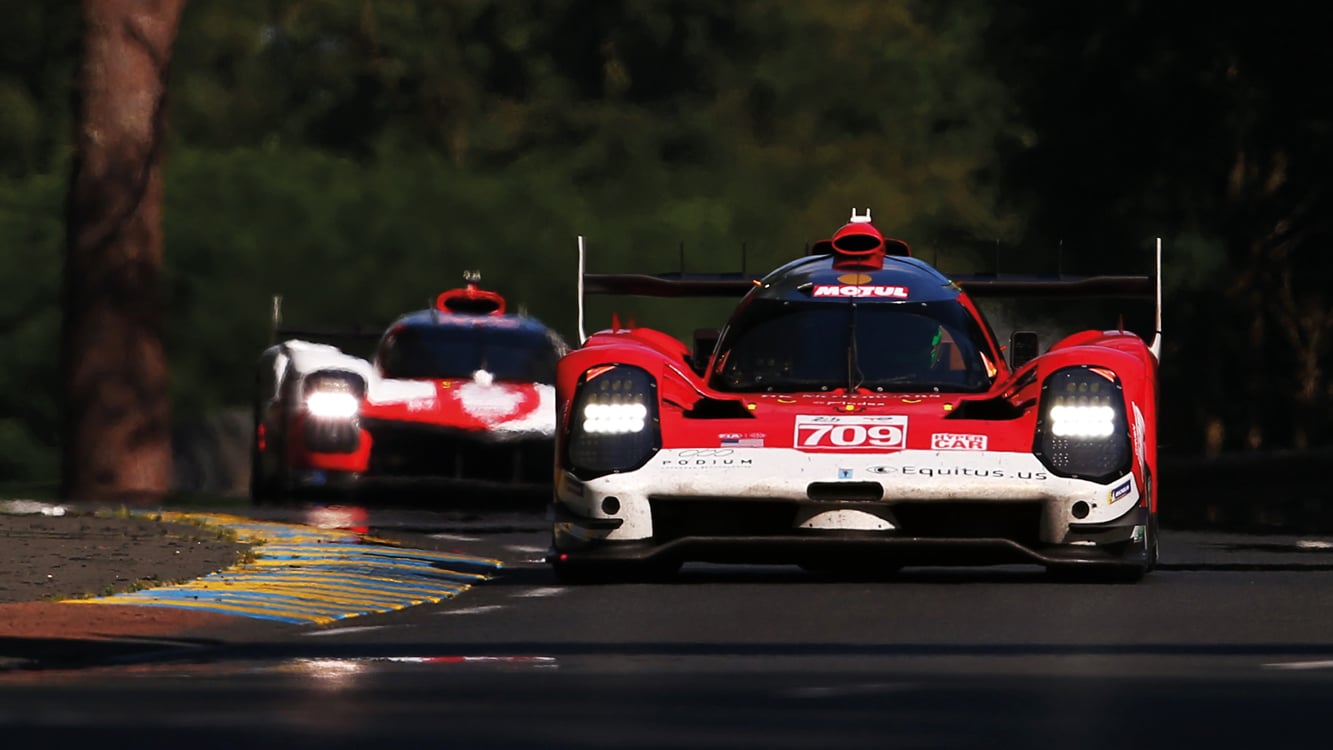Glickenhaus Hypercar leaves WEC: The last of the privateers
Up against the might of the major makers, Glickenhaus has given enduro racing a taste of the past. Gary Watkins laments the team’s WEC withdrawal
Getty Images
When Jim Glickenhaus announced his intent to enter the World Endurance Championship and compete for outright honours at the Le Mans 24 Hours in July 2018 no one took him seriously. Not even the series organisers, the FIA and the Automobile Club de l’Ouest. They’d already declined a request for his people to attend an early rules meeting to begin defining what became the Le Mans Hypercar category. His team’s exploits at the Nürburgring 24 Hours hardly marked him out as a credible contender against Toyota or any other major manufacturer choosing to join the replacement for LMP1. Yet now Glickenhaus is walking away from the WEC with his head held high.
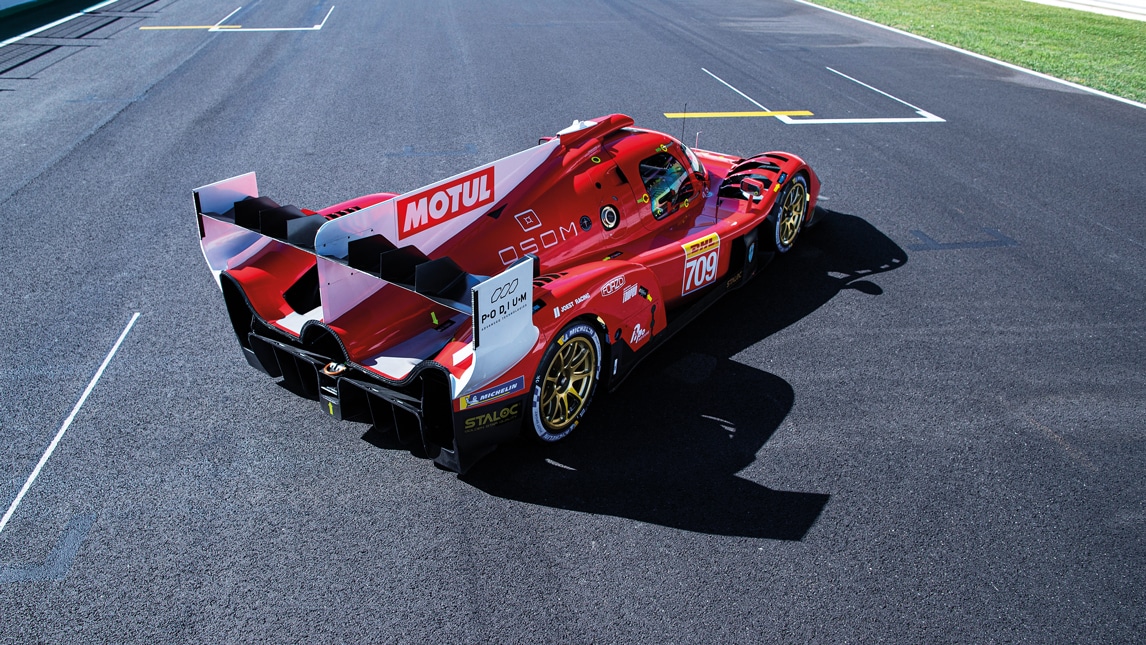
2021 WEC debut, Portimão. Opposite: No709 on its way to third at La Sarthe, 2022
Glickenhaus Racing is leaving the WEC after three seasons with a clutch of silverware, including a third-place trophy from Le Mans, headlines by the bucket-load and a firm place in the hearts and minds of sports car racing fans all over the world. Its founder did just what he said he was going to: he built a car to the LMH rules, entered the championship and proved himself a worthy participant. Third place for one of his 007 LMHs powered by a Pipo Moteurs twin-turbo V8 at Le Mans in 2022 with Richard Westbrook, Ryan Briscoe and Franck Mailleux stands out as his greatest success. A near-miss in a shoot-out for the final podium position the year before was another high. That’s not to forget a further three podiums in regular WEC rounds, a couple of pole positions and the race that the Glickenhaus Racing squad really might have won at Monza in 2022. It probably would have done so but for a freak turbocharger failure.
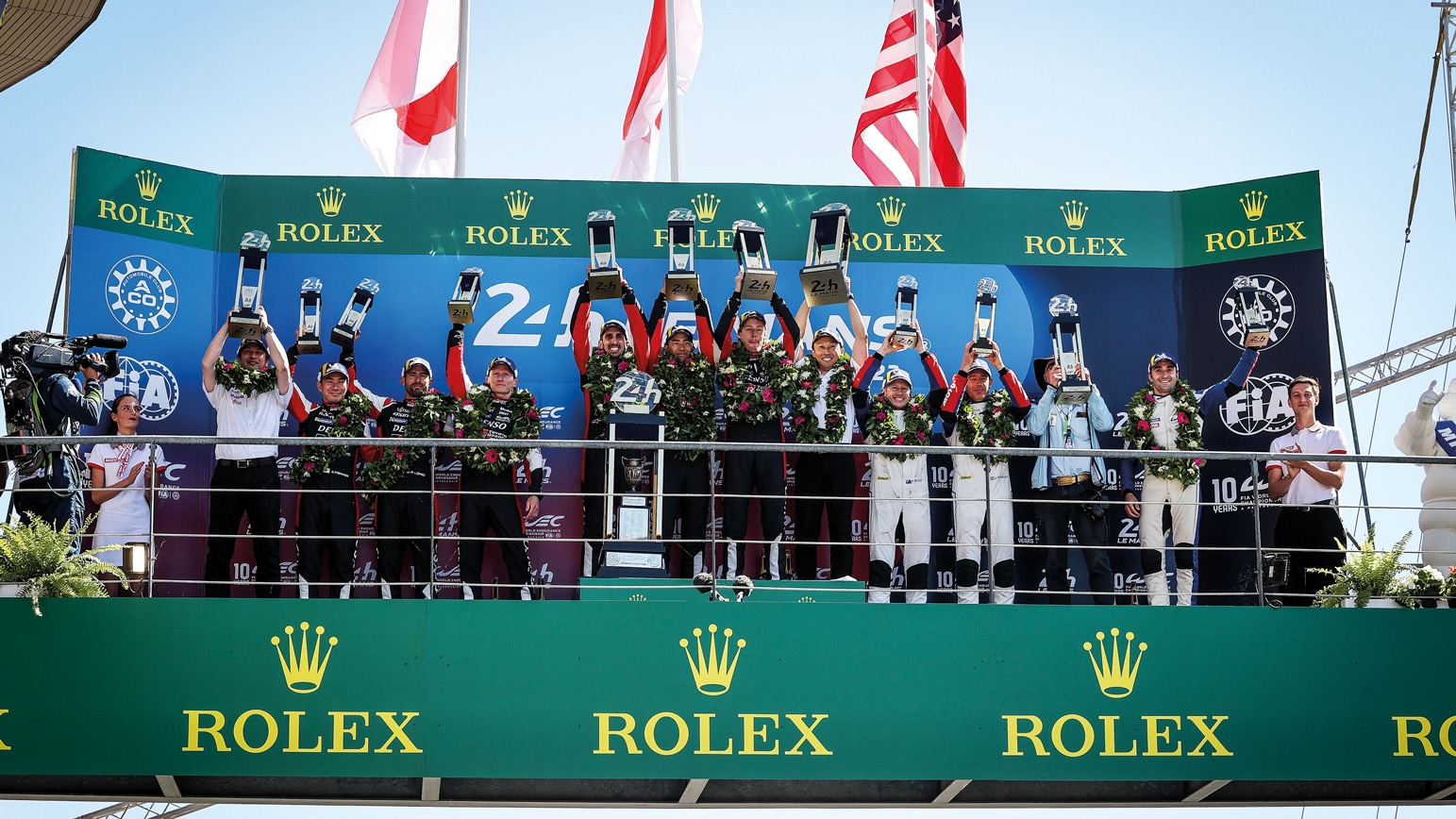
An incredible moment for Glickenhaus – the podium at 2022’s Le Mans 24 Hours.
Getty Images
The American entrant with a team based in Italy turned up at the pinnacle of international sports car racing when there was a dearth of cars in a class that had been dubbed Hypercar. It was an important constituent of the grid at a time when the only other players were Toyota and Alpine with a reworked P1 ORECA. Glickenhaus helped provide the foundation for the much-vaunted golden era of sports car racing we have now entered.
Big manufacturers have flocked to the WEC in the years since ’21. Perhaps that’s why Glickenhaus regards his team’s performance at Le Mans in 2023 as among its best, if not the best. The pair of 007s finished sixth and seventh. They came home behind Ferrari, Toyota and Cadillac, but ahead of both Porsche and Peugeot, two manufacturers with a combined total of 22 victories in the French enduro. He might well be correct when he says “it really doesn’t get any better than that”.
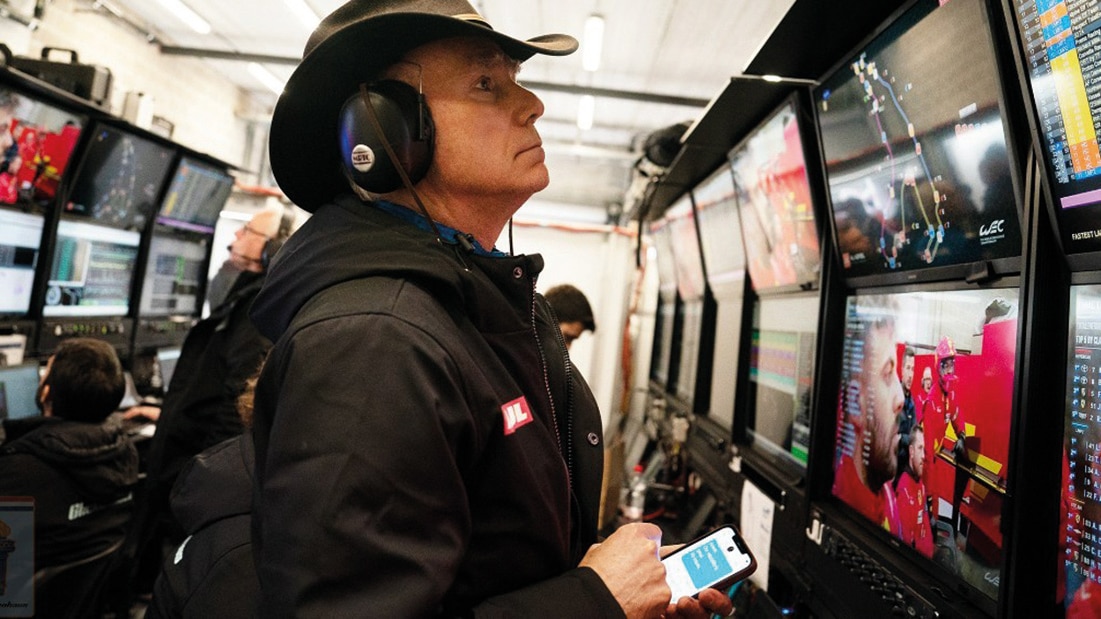
Jim Glickenhaus has given the major makers a run for their money
“Glickenhaus has a firm place in the hearts of sports car racing fans all over the world”
“We were a legitimate effort and we did well – we did just great for a privateer,” says Glickenhaus, who called time on the team’s participation in the series in October when he confirmed that he had no intention of filing an entry or entries for 2024. “I can’t be disappointed: we went to Le Mans three times with two cars and got to the finish every time. We can be satisfied with what we achieved and we can now leave it to the big OEMs.”
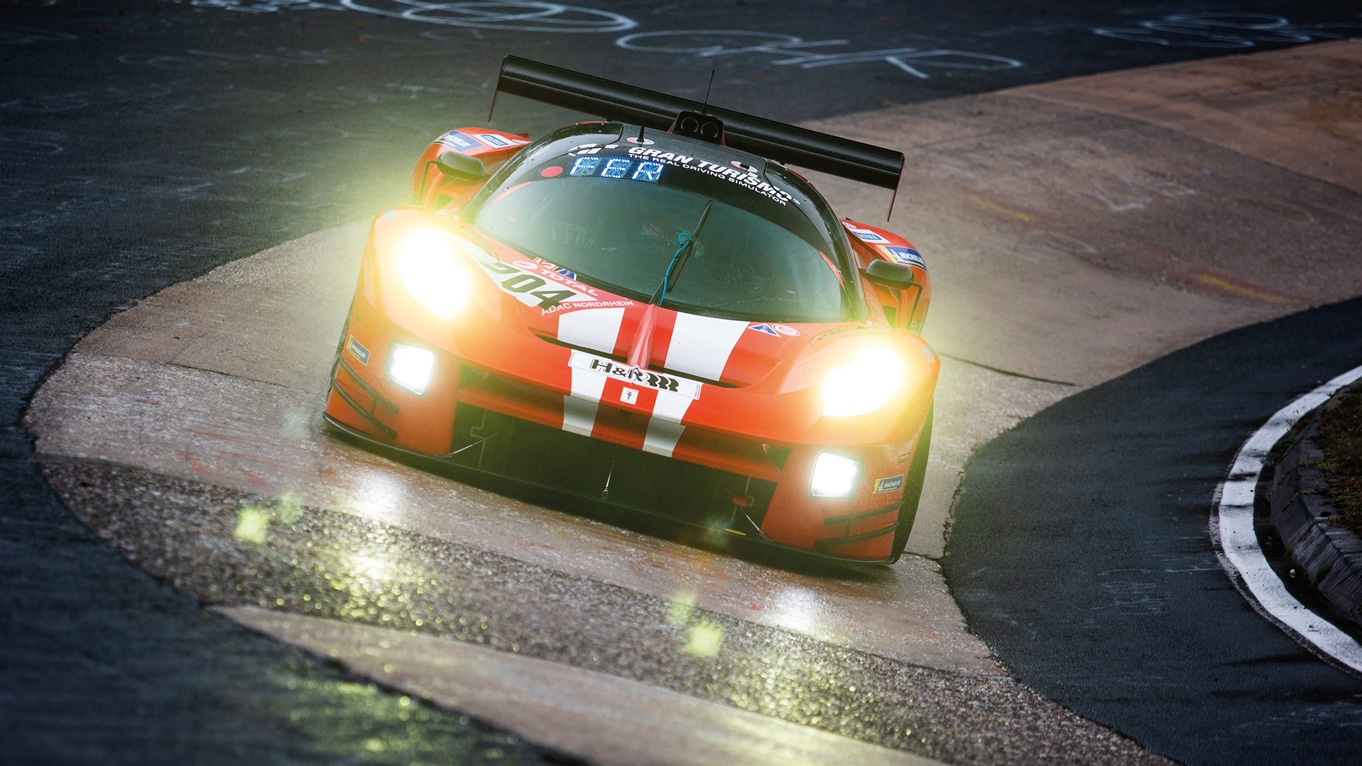
Endurance experience at 2020’s Nürburgring 24 Hours
DPPI
Glickenhaus can count himself as part of a proud tradition of independents who took up the challenge of Le Mans and then punched above their weight on race weekend. The 007 was a kind of spiritual successor to Alain de Cadenet’s specials of the 1970s and early ’80s and the prototypes that bore the name of Le Mans legend Henri Pescarolo through the 2000s and into the 2010s. They were all good enough to get onto the podium.
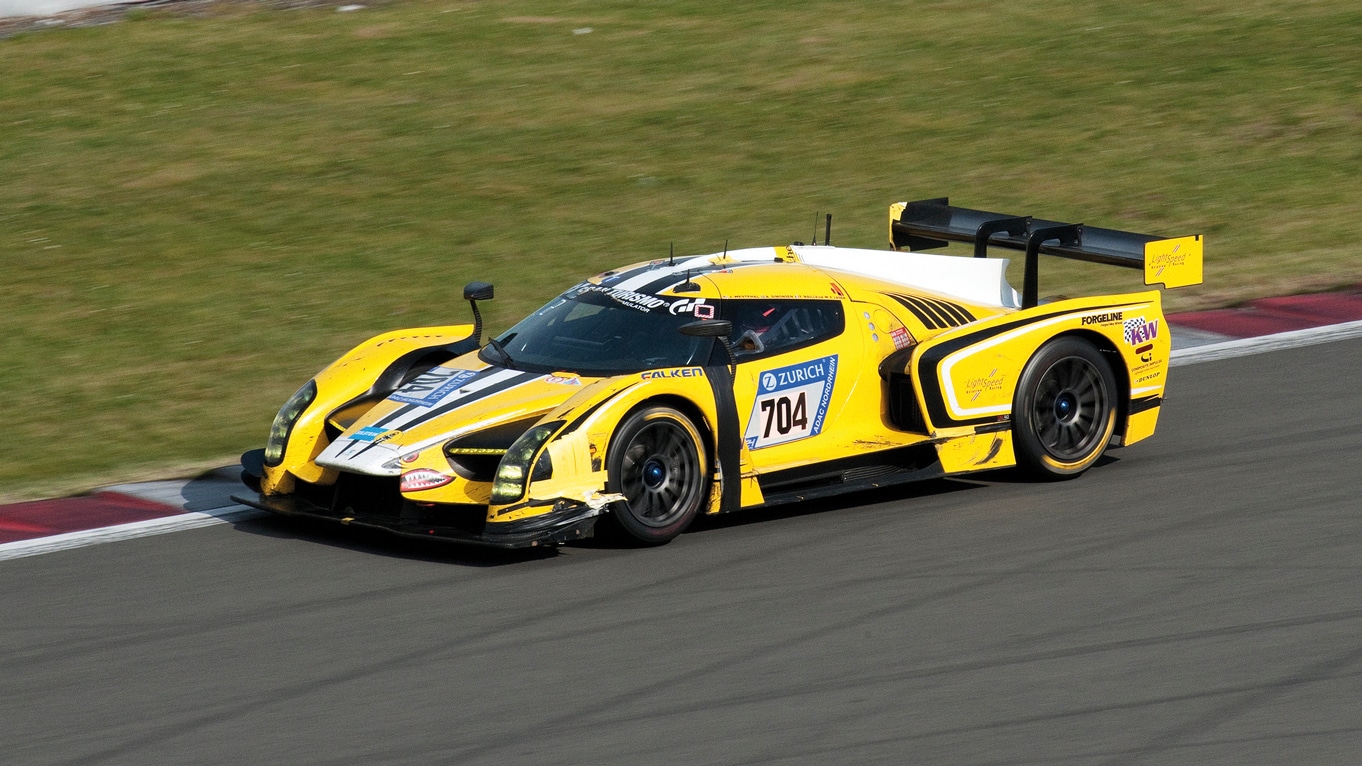
A shock pole for the SCG 003C at 2017’s Nürburgring 24 Hours
Alamy
Glickenhaus, a long-retired film director and producer best known for cult movies such as The Exterminator and The Protector starring Jackie Chan, in one way had it easier than the garagistes who preceded him. For him, the rules were framed to offer the little guy a chance against the giants. He was lured in by an innovative set of regulations devised to do just that.
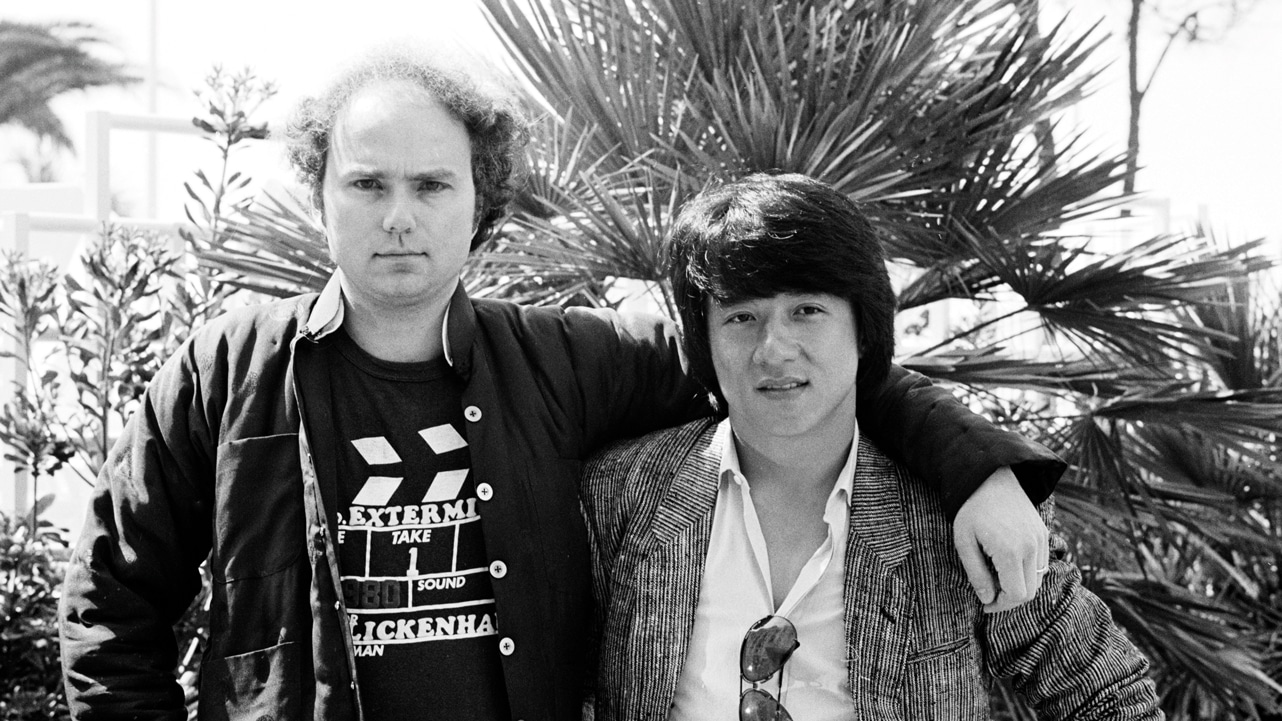
Glickenhaus in his directing days with Jackie Chan
Getty Images
The LMH ruleset was conceived to remove the financial barriers to entry into the top division of the WEC. The introduction of performance windows was key to slashing the budgets from the £100m-plus the likes of Toyota, Porsche and Audi were spending in the era of the hybrid LMP1 rocketships of the 2010s. The modest targets set for downforce and drag opened the door for — encouraged, even — a wealthy car nut who had started racing under the Scuderia Cameron Glickenhaus banner at the Nürburgring-Nordschleife enduro in 2011.

Privateer on parade: a 007 leading the pack at Monza in 2022 – which should have been Glickenhaus’s first race win in the Hypercar class
Getty Images
So too was the encouragement in those rules for entrants to give their cars a look that was not determined by the wind tunnel. Ferrari went for something that tipped its hat to its road-going sports cars, Peugeot something avant-garde, and Glickenhaus something that harked back to the cars of yesteryear that he loves. It’s easy to see the lineage of the 007 in the P4/5 by Pininfarina based on a Ferrari Enzo, the first step by Glickenhaus on the road to becoming a carmaker. That car, in turn, was inspired by the 1967 Daytona 24 Hours-winning Ferrari 330 P3/4 that sits in his collection.
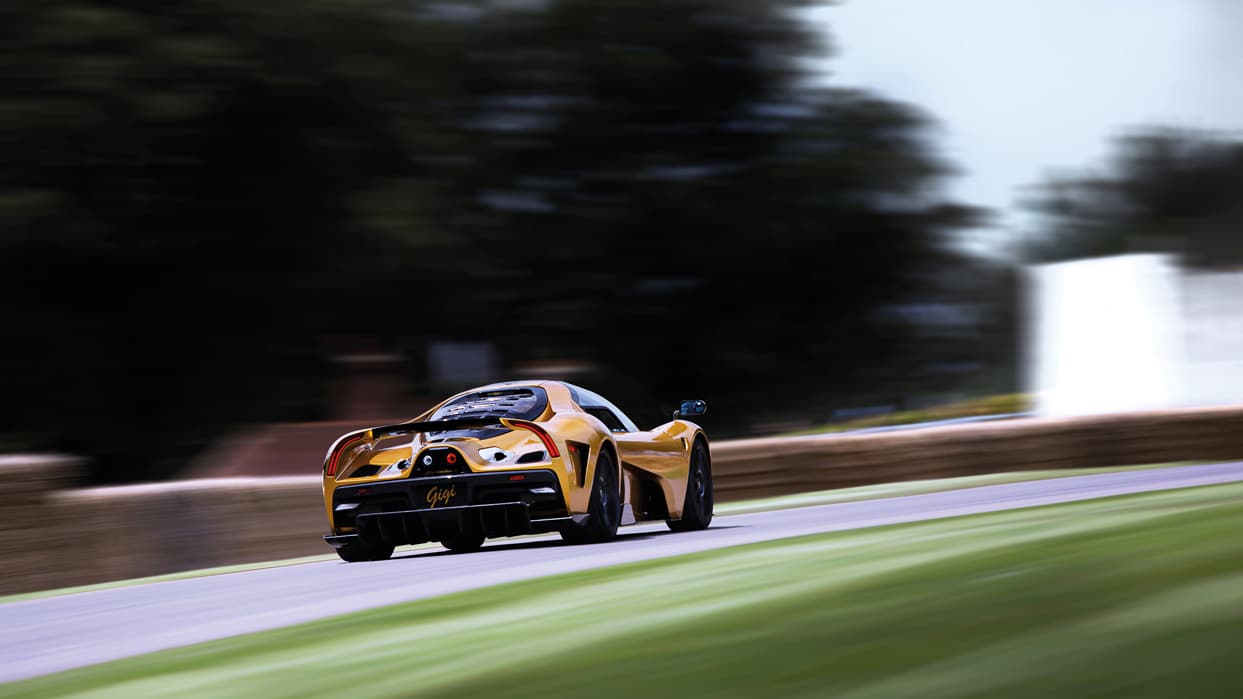
004S debut at Goodwood, 2021
Getty Images
“I wanted to make a sports car that reminded me of the cars that I remember racing at Le Mans in the 1960s, a car that looked like my P3/4; LMH allows you to do that whereas LMP1 didn’t,” he told Motor Sport on the 007’s debut at round two of the 2021 WEC at the Algarve circuit. “Those cars looked like jet fighters, and almost cost as much.”
“We can be satisfied with what we achieved and we can now leave it to the big OEMs”
Gestation of the 007 wasn’t an easy task at Podium Advanced Technologies, the Italian company to which he stayed loyal after it became involved on the second SCG project, the P3/4 Modificata based on the Ferrari F430 GT2 racer and then led the design and manufacturer of the SCG 003C introduced in 2015. The regulatory sands shifted: the maximum power went up along with the minimum weight of the cars. And then went the other way after LMDh was announced as an alternative route into the WEC.
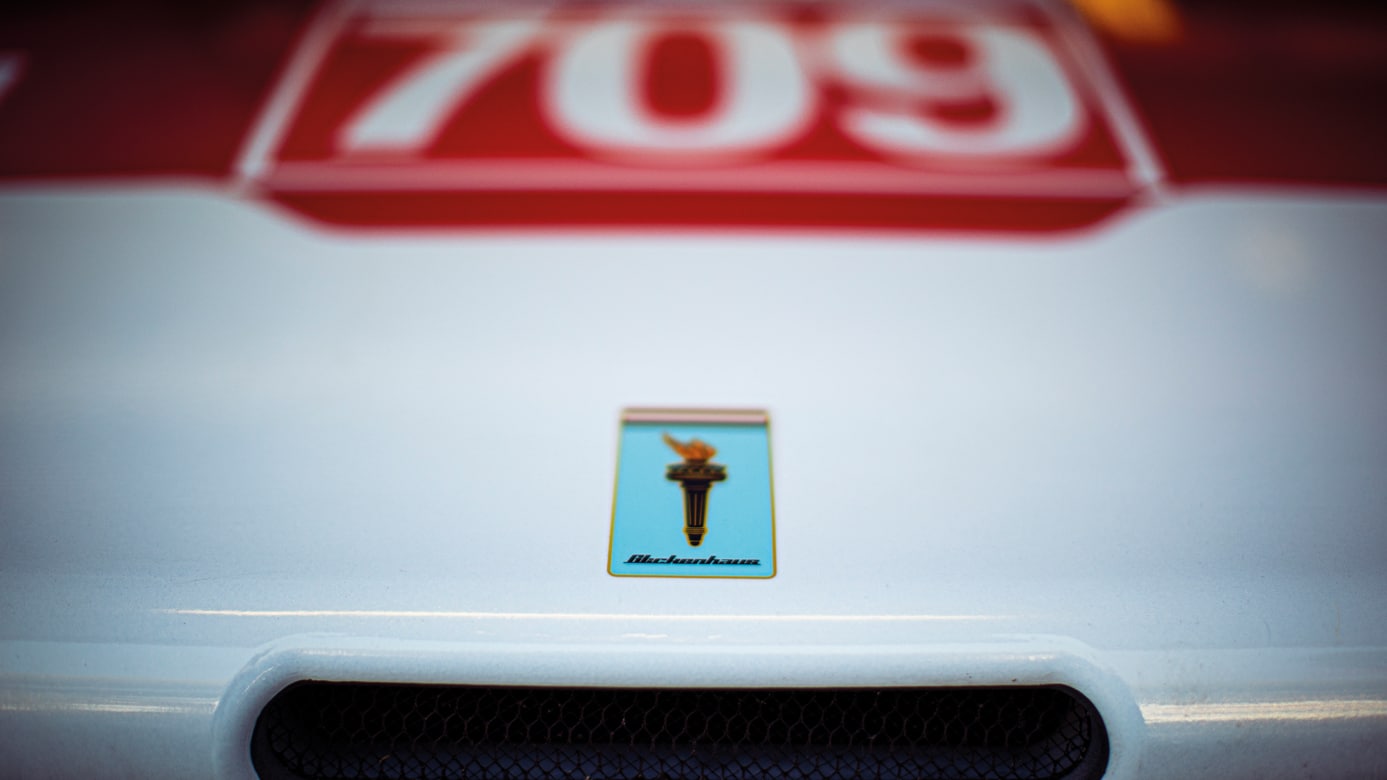
Statue of Liberty torch logo
Drew Gibson
The original plan was for the 007 to be powered by a twin-turbo engine with Alfa Romeo origins. That unit couldn’t reach the 800bhp-plus power levels prescribed for a short time in the LMH regulations, hence why the 007 ended up with a bespoke turbocharged V8 based on Pipo’s experience with turbocharged in-line fours from, among other places, the World Rally Championship.
The new package, a non-hybrid LMH for simplicity’s sake, might well have made it onto the podium at Le Mans at the first time of asking in what was only its third race. An ill-timed Full Course Yellow virtual safety car did for the chances of the machine shared by Mailleux, Pipo Derani and Olivier Pla as late as the 20th hour.
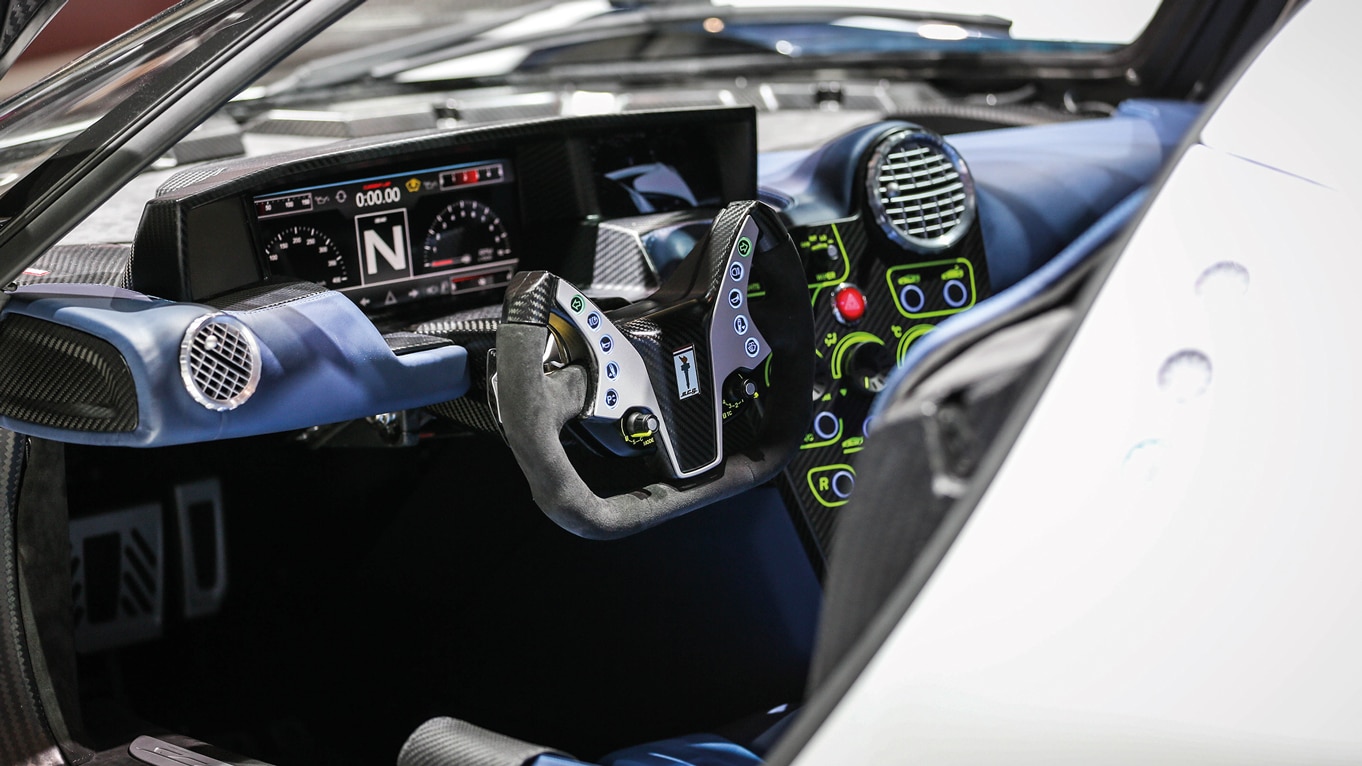
003S interior
Getty Images
A year later, Glickenhaus and its team run by Podium with assistance from the legendary Joest Racing operation did make it home in third as best of the rest behind the Toyotas. And the fastest of the 007s was good enough to keep the Japanese cars honest for the first quarter or so of the race.
Fast forward to 2023, and the game had changed. Ferrari and Peugeot were on the grid at Le Mans with LMHs, Porsche and Cadillac with LMDhs. But Glickenhaus still claimed the result of which the team boss is most proud.
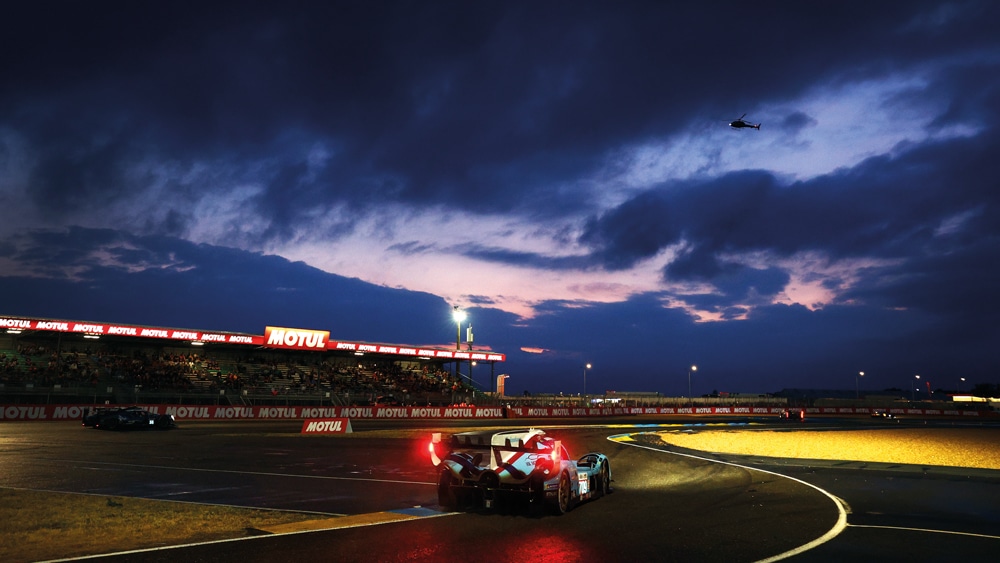
Racing into the sunset – Le Mans 2023. But don’t bet on Jim turning his back on endurance racing
Getty Images
If there is any disappointment for Glickenhaus it is that the 007 didn’t remain competitive on the arrival of Ferrari, et al. Even though the LMH and LMDh rulebooks place strict limits on development, the team found itself slipping down the order. The Balance of Performance didn’t come to its rescue.
“When I signed up for this, I was told that I would have a car that was good for five years,” says Glickenhaus. “It didn’t turn out like that. But, hell, we’re up against manufacturers who spend more going testing than we do in a season of racing. The days of the privateer might be over; we might be the last privateer to get on the podium at Le Mans.”
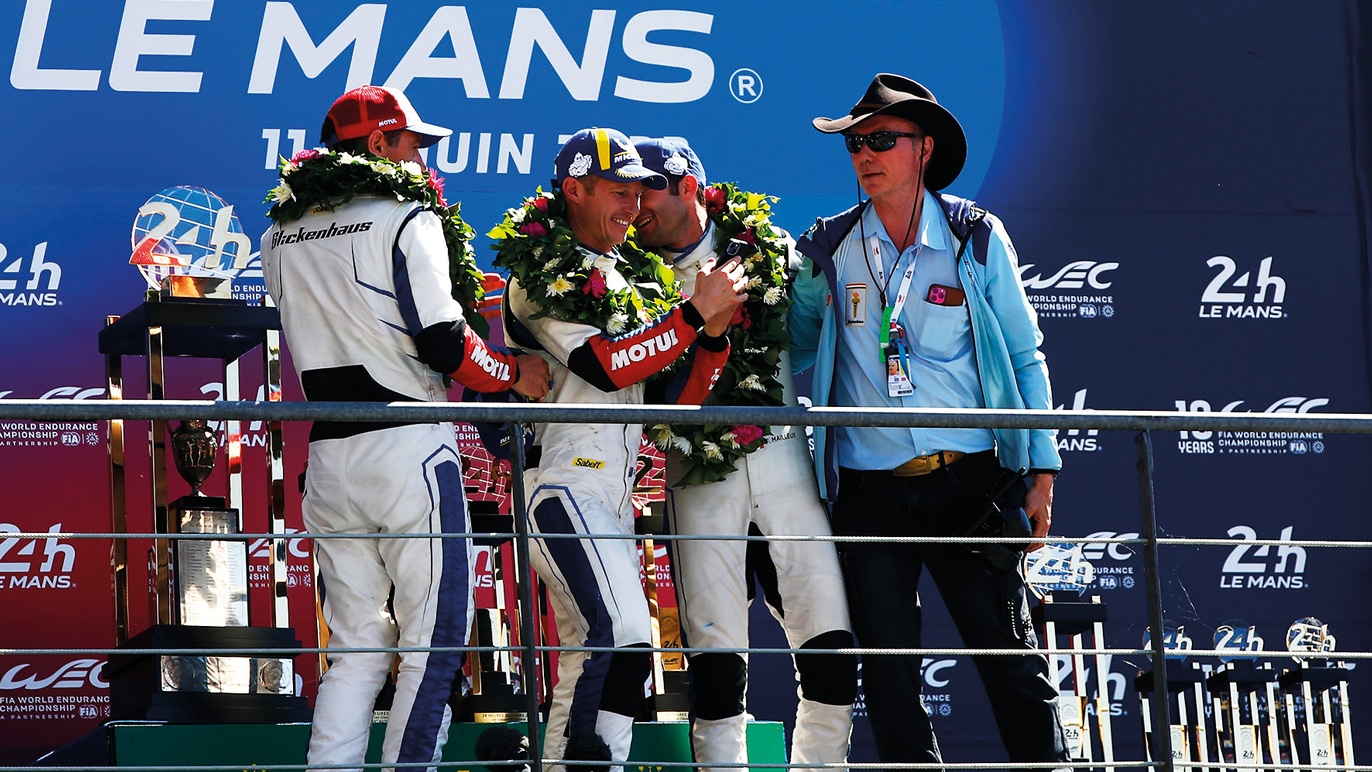
Third at Le Mans in 2022, but Jim believes the Glickenhaus 6-7 in ’23 was a better result
Getty Images
“Racing in the WEC isn’t going to sell me one more car. Besides, our order book is full”
The team would have to start spending big to remain competitive. “We’d need to do an evo upgrade and enter two cars in the full championship,” says Glickenhaus, whose team only completed partial seasons in its trio of WEC campaigns. “To do that I’d need sponsorship and that doesn’t appear to be out there.”
Glickenhaus also has other things on his plate. He’s on the way to becoming a bona fide manufacturer with the road version of the Chevrolet-engined 004C that superseded the 003 as the marque’s Nürburgring car in 2020. “Racing in the WEC isn’t going to sell me one more car,” he says. “Besides, our order book is full.”
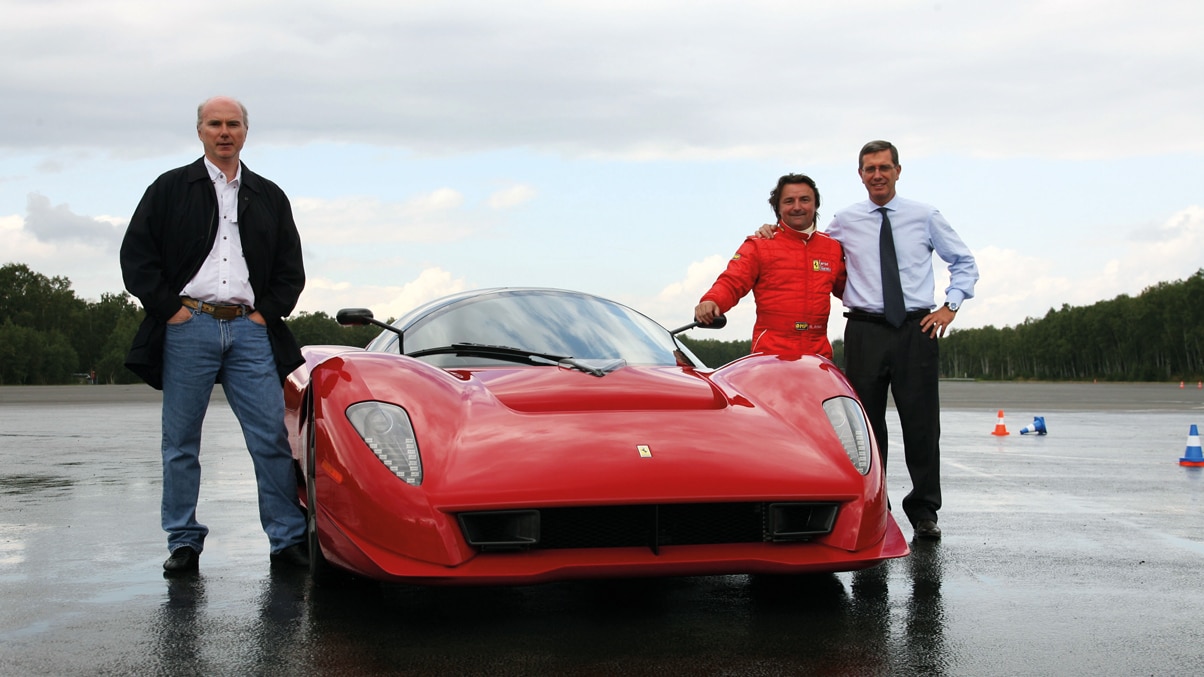
Jim and his retro-styled Ferrari P4/5 by Pininfarina
Alamy
But Glickenhaus insists that racing isn’t off the agenda. He skipped the 24 Hours at the ’Ring this year, but still has his eye on a race for which one of his cars took pole position in 2017.
“I’ll be back at the Nürburgring,” he says. “I’m not done with racing.”
